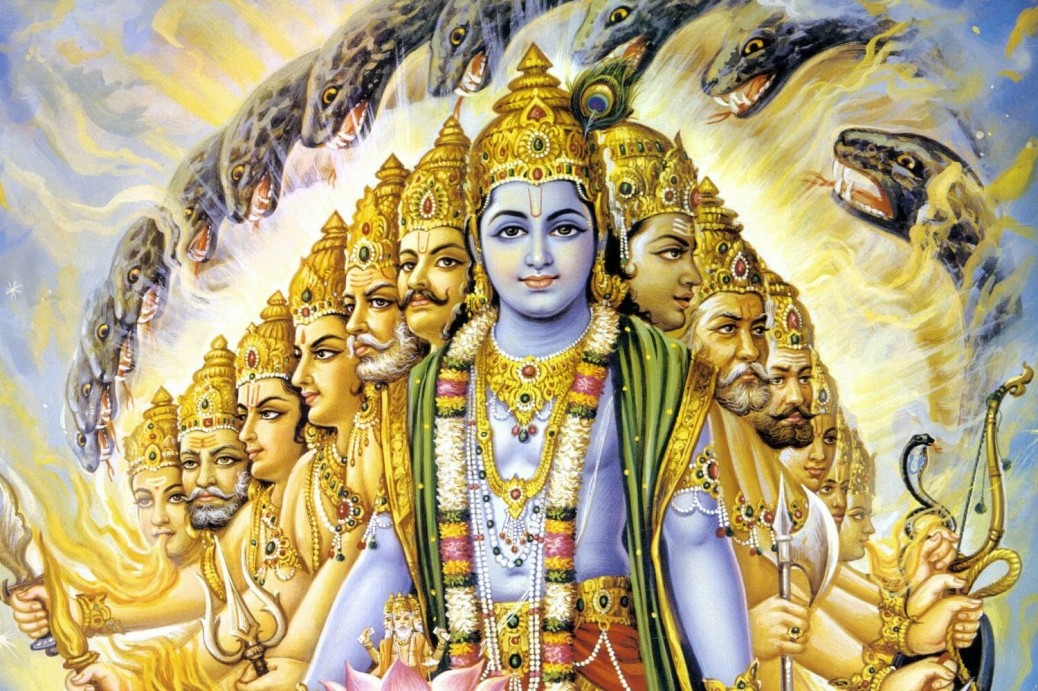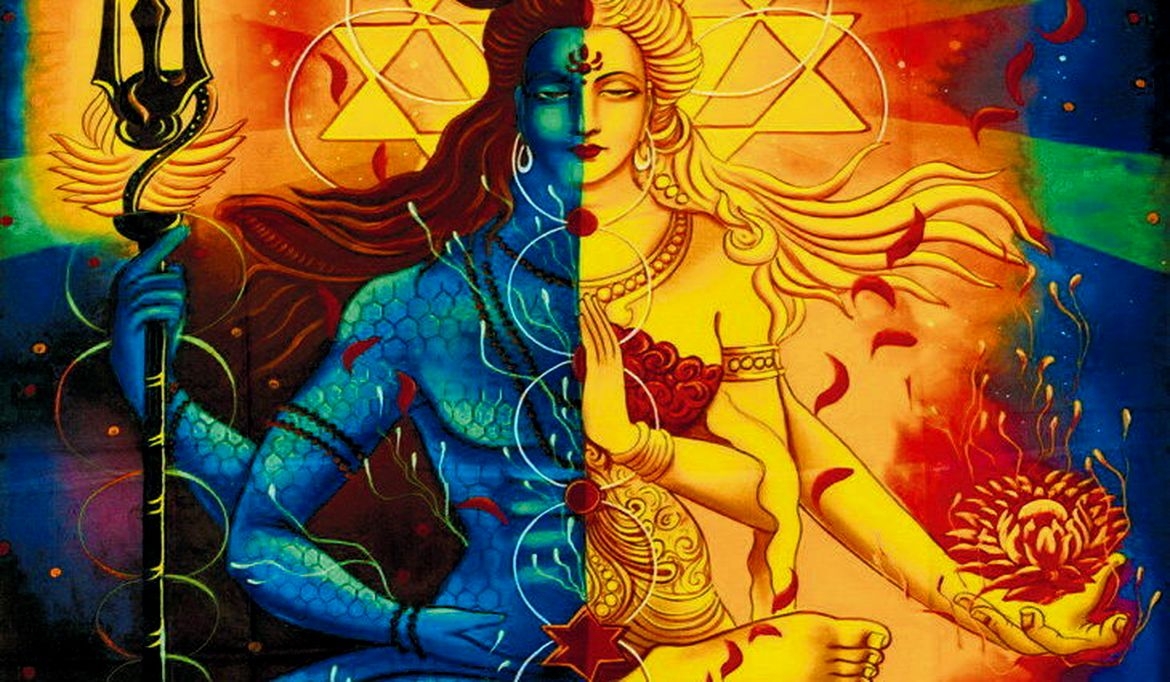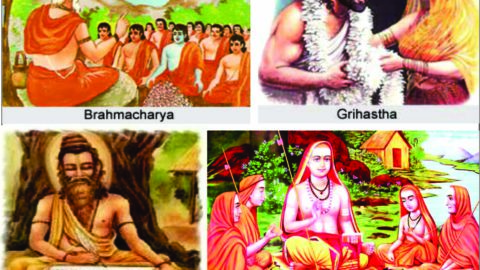The Master’s Role – In Gita Verse 13.26 Again there are those who, although not conversant in spiritual knowledge, begin to worship the Supreme Person upon hearing about Him from others. Because of their tendency to hear from authorities, they also transcend the path of birth and death.
Krishna’s Guidance: Rising Beyond with The Master
Krishna addresses the deepest longing of the soul through the teachings of the Bhagavad Gita, signalling that it is in the company of an enlightened master that one can truly transcend the cycle of birth and death.
The Master’s Role: Unveiling the Path and Letting Go
The master transcends the role of a mere educator; they are akin to a lighthouse slicing through the dense fog of our unknowing. Ironically, this very source of illumination can become the penultimate barrier to the final frontier of our spiritual freedom. Love for the master, while deep and sincere, can also be the ego’s last bastion – an attachment that serves its purpose but must eventually be surrendered for true growth.
Masters are forged in the crucible of authenticity and personal quest for enlightenment; they are catalysts rather than outcomes of conformity. It is from a place of profound love and shared yearning for truth that the bond between master and disciple is kindled – a bond based not on dominance, but rather on the transformational power of trust.
Masters seek not adherents but fellow travellers – those who are guided by love and trust. True mastery in love entails nurturing freedom in the disciple, encouraging an ascension into the vast expanse of spiritual mysteries. The master’s greatest gift is not to draw disciples into their orbit but to release them into the boundless sky of their own becoming.
The Ultimate Release: Gautam Buddha’s allegorical instruction, “If you meet me on the way, cut my head,” serves as a profound reminder that spiritual liberation often requires moving beyond venerated bonds. Indeed, the master, as revered as he or she may be, can become the final anchor restraining one from ultimate freedom. The deep affection and pure love felt towards the master may paradoxically bind a seeker to a subtle form of duality between the self and the other.
Thus, the ego’s final surrender, a prerequisite for the true self to boldly emerge, mandates a release from all forms of attachment – including those to the master. It is the master who must impart this crucial teaching: “Go beyond me, transcend this attachment, and find complete unattachment.” It is not in the dissolution of the ego that you disappear; on the contrary, it is in this very dissolution that you truly appear for the first time. As the illusory self fades away, the authentic self arises – in its most brilliant and unobstructed form.
Self-Realisation: The Western mindset often lacks an intimate understanding of the dynamic between a master and disciple – an alchemy deeply rooted in Eastern traditions and heralded by mystics such as Lao Tzu, Zarathustra, and Gautam Buddha. These masters did not teach conformity but championed a unique journey of soul-searching that transcends dogma for the sake of individual truth.
The master-disciple relationship is an act of profound love and trust, not dominance. True masters nurture this bond not to chain disciples but to liberate them, to prepare them for their own solo flight into the expansive sky of spirituality.
Krishna’s Exhortation: Krishna’s ultimate call is to find a living master – for it is in their presence that one can viably navigate beyond the transient and embrace the eternal. Yet his teachings also remind us that our spiritual evolution is through the deep connections we cultivate, leading us not to subserve to a figure but to anchor in the vast ocean of our spirit.
As we reflect on this, let us aspire to not just discipleship but spiritual sovereignty, where the final tether is cut and we experience the grandeur of self-realisation. It is in this space that we discover not just the master external but the master within, transcending barriers and embodying the infinite.
Tags: The Master’s Role





